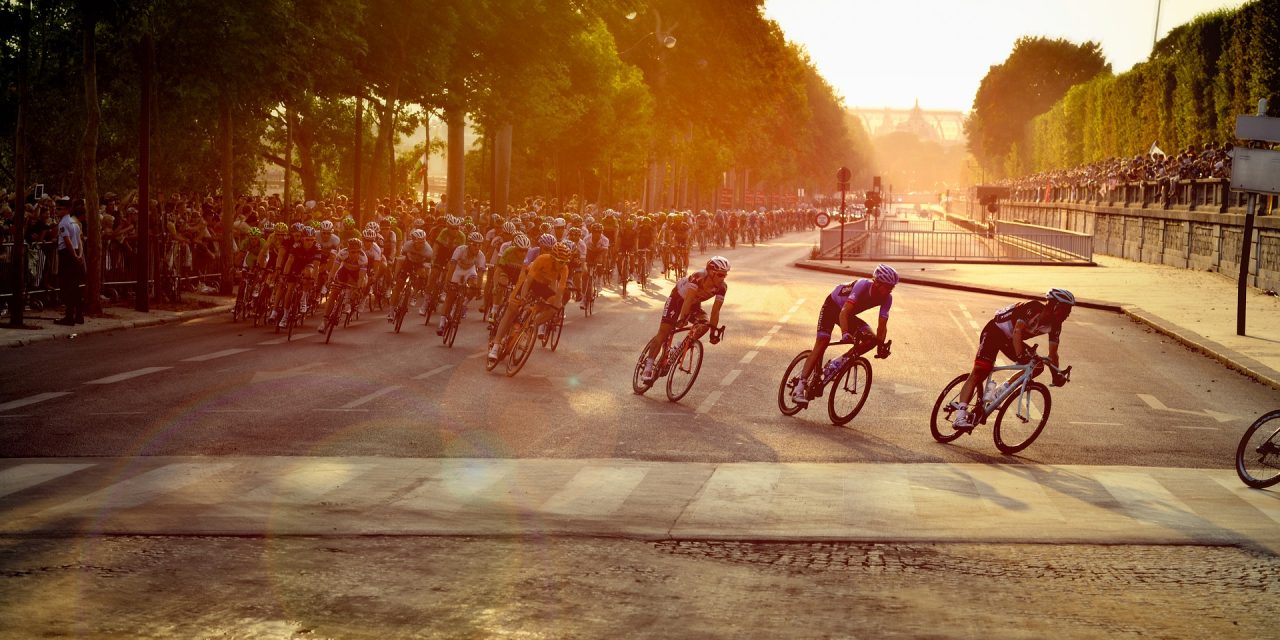The year was 2003, and some of the world’s top cyclists were gearing up to enter the second stage of the Paris-Nice race. But one of the participants, Andrei Kivilev, would not make it to the finish line. A fourth place winner in the 2001 Tour de France, he was just as highly skilled as any of his competitors. But on that day, he had an unfortunate collision with another rider and his head injuries would lead to his death a short time after.
It was at this time that the UCI (Union Cycliste Internationale) decided to make helmets compulsory for cyclists in any events they sponsored. However, there are exceptions to that rule, and not every cycling event follows the same standards. Read on for more information.
Are helmets still mandatory in the Tour de France?
Up until the tragic death of Kivilev, helmets were recommended by the UCI but never mandatory. But in the year following the tragedy, the UCI added compulsory helmet wear to their list of rules. And in 2014, they changed the rules again, allowing cyclists to forgo their helmets during the first two stages of the Tour de France Grand Depart.
The change was proposed by the organizers of the race in an effort to promote everyday cycling for non-professionals. Their stance was that seeing pros without their helmets gave people a face to assign to a role model. They believe some think the helmets look alien or make the sport “look more hazardous than it actually is.” This change in policy was not permanent, however, and applied only to the 2014 race.
Where is it mandatory to wear a bicycle helmet?
Beyond just the Tour de France, almost every professional cycling event requires its cyclists to wear helmets. But for everyday riders, the laws differ in each state. Most require helmets for all cyclists under 16, but a few push that age up to 17 or 18. California and New Mexico require any cyclists under 18 to wear a helmet, for example, and New Jersey and Massachusetts require a helmet for riders under 17. Louisiana and Pennsylvania have the youngest cut-off age at 12. There are currently no states that require you to wear a helmet if you are over 18 years old.
Why should professional cyclists be required to wear helmets?
Kivilev’s doctors believed that a helmet would have saved his life. Hundreds of bicycle riders are killed every year, usually in motor vehicle traffic accidents. And the majority of these deaths are caused by head injuries during crashes. According to Jerri Rose, a physician at University Hospital in Cleveland, a helmet is like a seatbelt: “Wearing one doesn’t ensure that you’re not going to get in a car accident, but it lowers the risk of injury and of dying in a car accident.”
Researchers found that wearing a helmet reduces your risk of severe TBI (traumatic brain injury) by 52 percent. It also reduces your risk of facial fractures by 31 percent. Bikers who wear protective headgear like HJC helmets simply stand a better chance of avoiding injury and death.
What is the controversy over the mandatory helmet rule?
Though most experts agree that helmets should be mandatory for all professional events, there are those who openly protest it. One such opponent is Olympic cycling champion Chris Boardman. He has stated that he understands why people want to use helmets, and he says he does wear one most of the time. His objection, however, is to making them compulsory for everyday cyclists. He says that he feels there are other things he can promote to make biking safer. Pros like Geraint Thomas, on the other hand disagree, saying that there is no reason at all not to wear a helmet when cycling.









